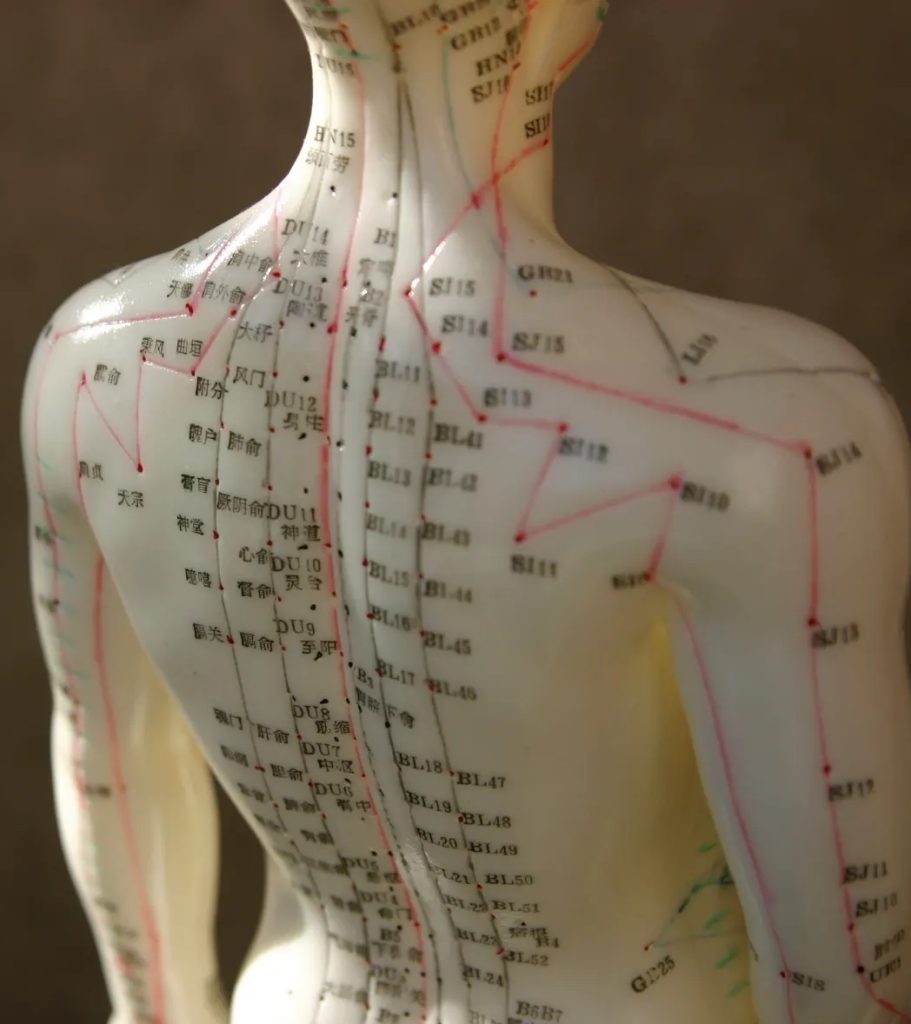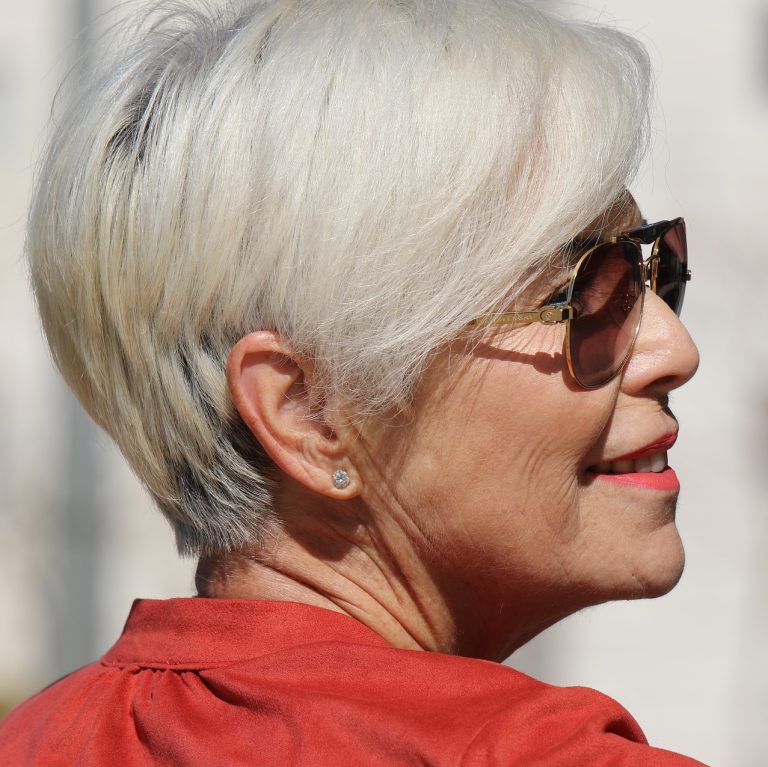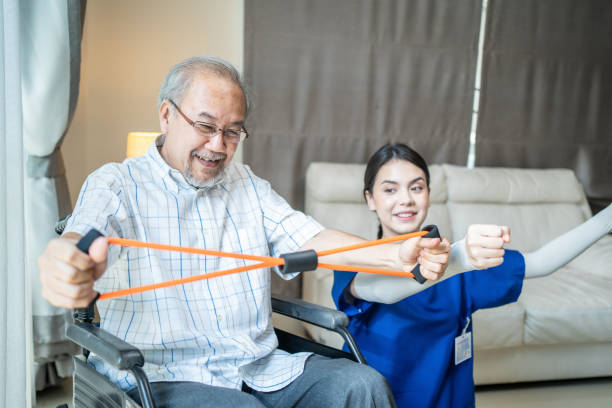Acupuncture & Collaborative Traditional Chinese Medicine
Integrating ancient wisdoms into modern healthcare with evidence





Broadening Our Holistic Edge
Our multidisciplinary physical rehab team incorporates a team of young, progressive TCM physicians who are collaborative with Western medicine to unlock an edge that goes beyond the traditional models of therapy
Read
Essential Frequently Asked Information
Yes, there is growing evidence supporting the efficacy of TCM and acupuncture in Western medicine. We see it in our practice too. For example, in chronic urticaria, TCM combined with acupuncture has shown better outcomes than conventional Western medicine in reducing symptoms, recurrence rates, and adverse events. In post-stroke rehabilitation, adding acupuncture to routine therapy has been linked to improved motor function, pain reduction, and better daily living activities. For arrhythmia, combining acupuncture with herbal medicine has increased clinical effectiveness and improved cardiac function without increasing side effects. These findings support the integration of TCM into evidence-based rehabilitation protocols.
Absolutely. Multidisciplinary teams (MDTs) blending TCM with allied health yield superior outcomes. For post-stroke anxiety, integrated programs combining acupuncture, herbal medicine, and transcranial magnetic stimulation (rTMS) address both physical and psychological recovery. In cerebral palsy rehabilitation, TCM (acupuncture/scalp therapy) paired with modern therapies improved motor function (ΔGMFM-66: 9.33) and independence (ΔADL: 3.78) more than standalone approaches. Collaborative care also expands resources—e.g., acupuncturists working with physical therapists or nutritionists deliver holistic solutions that reduce pain, enhance mobility, and minimize medication reliance.
TCM, especially acupuncture and scalp acupuncture, has been shown to stimulate neuroplasticity, regulate cerebral blood flow, and promote recovery of neurological function after stroke or brain injury. When integrated with physical rehabilitation like occupational therapy, physiotherapy and speech language therapy, these modalities can reduce muscle spasticity, improve sensory and motor function, and accelerate gains in activities of daily living. This dual approach leverages both the physiological mechanisms of neurorehabilitation and the holistic principles of TCM, offering a broader spectrum of recovery strategies for complex neurological cases.
A Western medicine-trained TCM physician brings a unique and valuable perspective to the multidisciplinary team (MDT) in rehabilitation. With expertise in both biomedical and traditional Chinese diagnostic frameworks, these physicians can offer an added layer of assessment and insight—enhancing the work of physiotherapists, occupational therapists, and speech therapists. Their dual training allows for a more comprehensive understanding of complex cases, especially where symptoms may not fit neatly into one paradigm. This integration enables the MDT to unlock new strategies for pain management, functional recovery, and prevention, and allows patients to benefit from TCM practices if they have relied on them previously or are curious to explore them. Ultimately, this approach makes rehabilitation more personalised, culturally sensitive, and adaptable to each individual’s needs and preferences.
Sources:
https://pmc.ncbi.nlm.nih.gov/articles/PMC11235447/
https://www.nuhs.edu/how-combining-eastern-and-western-medicine-makes-you-a-better-oriental-medicine-practitioner/
https://pmc.ncbi.nlm.nih.gov/articles/PMC3137653/
https://rmedymd.com/blog-benefits-of-doctors/
https://www.wjgnet.com/2307-8960/coretip/v12/i19/3767.htm
Patients should consider TCM-integrated rehabilitation with a Western medicine-trained TCM physician when they are seeking a more holistic and nuanced approach to their recovery. This is especially relevant for those who value having both biomedical and traditional perspectives in their care, or for individuals whose progress has plateaued with conventional rehab alone. It is also ideal for patients who have a cultural affinity for TCM or are open to exploring its preventive and restorative benefits alongside evidence-based therapies. By incorporating TCM into the MDT, patients gain access to a broader range of diagnostic tools, treatment options, and preventive strategies—making their rehabilitation journey more comprehensive, personalised, and aligned with their values and health goals.
Sources:
https://pmc.ncbi.nlm.nih.gov/articles/PMC11235447/
https://pmc.ncbi.nlm.nih.gov/articles/PMC3137653/
https://www.nuhs.edu/how-combining-eastern-and-western-medicine-makes-you-a-better-oriental-medicine-practitioner/
https://rmedymd.com/blog-benefits-of-doctors/
https://pmc.ncbi.nlm.nih.gov/articles/PMC10184820/
https://www.wjgnet.com/2307-8960/coretip/v12/i19/3767.htm
Why Choose Us
Lifeweavers is a multi-disciplinary therapy team of highly experienced rehabilitation clinicians consisting:
Occupational Therapists
Physiotherapists
Speech Therapists
Hand Therapists
Dieticians
Stretch Therapists
Specialised Massage Therapists
All the rehab therapy specialists you’ll need to assist in every step of the way on their recovery journey.
Discuss With Us
There is no case too simple or complex to approach us for – we are relevant to anyone looking for personalised, high quality, preventive minded healthcare

